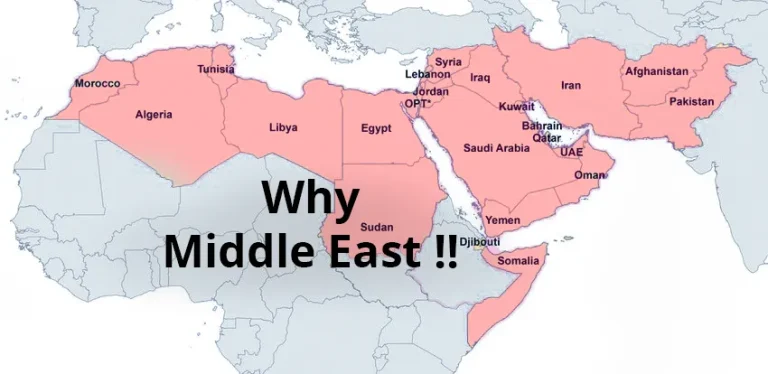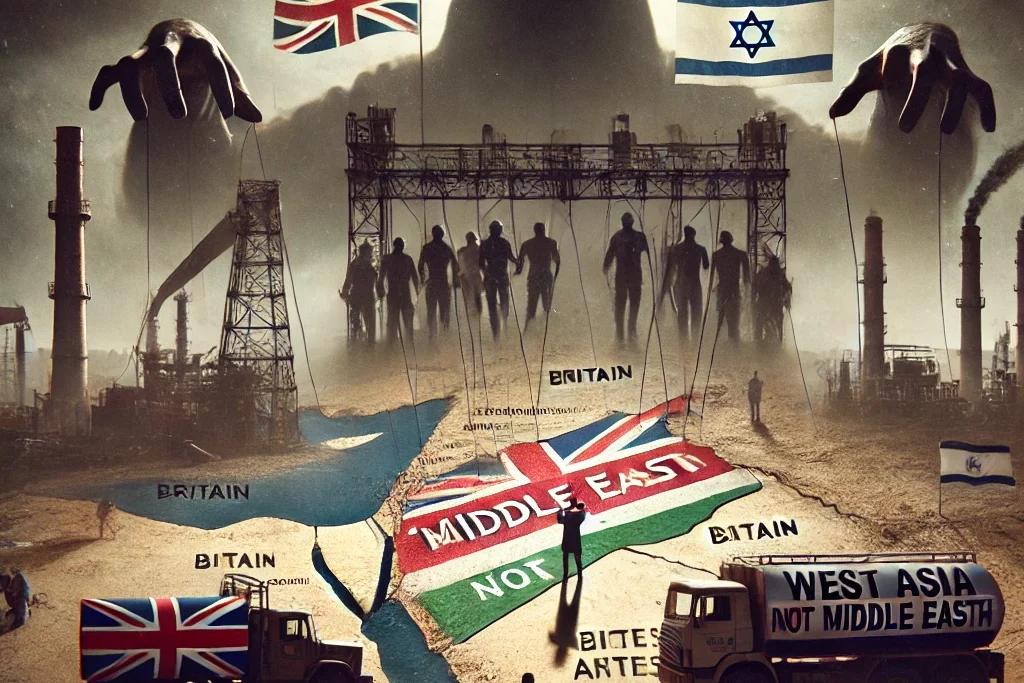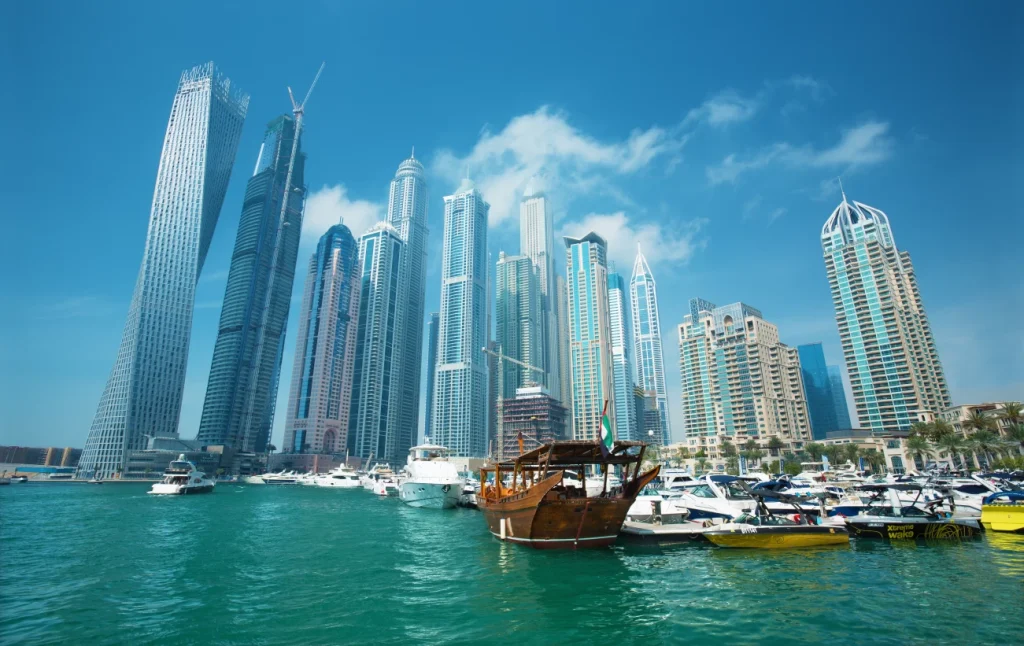Why Is It Called Middle East? Unveiling Colonial Secrets

Why Is It Called the Middle East? The Dark Secrets and Hidden Agenda Behind the Name
The Middle East—a name that evokes ancient civilizations, oil-soaked deserts, and endless headlines. But why is it called the Middle East? Why does Iran, a West Asian nation with Persian roots, fall under this label? The truth isn’t just about maps—it’s a saga of colonial greed, strategic power plays, and a shadowy agenda some tie to Britain and Zionist interests. Known as “West Asia” to its people, this region has faced wars, media distortion, and fierce resistance. From 19th-century empires to the battles of 2025, let’s peel back the layers of this controversial name.
The Birth of “Middle East”: A Western Label Takes Root
The term “Middle East” didn’t rise from the region’s sands—it was forged in Western strategy rooms. American naval officer Alfred Thayer Mahan coined it in 1902, spotlighting the Persian Gulf’s importance. But its roots stretch back to Britain’s imperial gaze in the 1800s.

A Eurocentric Lens: Near, Middle, and Far East
From Europe’s vantage point, the East split into three:
- Near East: Ottoman lands like Turkey and Syria, near Europe’s doorstep.
- Far East: Distant Asia—China, Japan, and beyond.
- Middle East: The “middle” zone from Egypt to India’s fringe.
This wasn’t a local choice. Historian Bernard Lewis nailed it: “The Middle East is a construct of those who sought to dominate it, not its inhabitants.” For Britain, ruling half the globe, this name organized their colonial chessboard.
The Ottoman Fall and the “Eastern Question”
The Middle East label solidified as the Ottoman Empire—spanning three continents—faltered. By the 1800s, dubbed the “sick man of Europe,” its collapse sparked the “Eastern Question”: Who would claim its lands? Britain and Russia, dueling in the “Great Game,” saw the region as a prize. “Middle East” turned chaos into a target.
Iran in the Middle East: A West Asian Misnomer
Iran’s inclusion in the Middle East baffles many. Geographically in West Asia, its Persian heritage ties it to Central Asia and India—not Arab sands. So why the Middle East tag?

A Strategic Fit, Not a Cultural One
Iran’s Middle East label is about power, not place. Its oil (discovered in 1908), strategic spot between continents, and historical heft made it a colonial gem. Britain and Russia battled for it, from the 1907 Anglo-Russian Convention to the 1921 coup installing Reza Shah. Calling Iran “Middle East” tethered it to Britain’s sphere.
In 1935, Reza Shah demanded “Iran” over “Persia” to assert identity. Yet the Middle East stuck, hinting at a deeper game. Scholar Ahmad Ashraf notes, “The West forced the Middle East on us to blur our unique heritage.”
Oil and Anglo-Persian Roots
The 1908 oil strike in Iran’s Khuzestan, claimed by the Anglo-Persian Oil Company (later BP), locked Iran into this narrative. Britain’s navy ran on it, and the Middle East label justified their grip.
The Colonial Hand: Britain’s Dirty Playbook
Britain’s fingerprints are all over the Middle East name. Some call it a “dirty” agenda of exploitation and division.

Sykes-Picot: Slicing Up West Asia
In 1916, Britain and France’s secret Sykes-Picot Agreement diced up the Ottoman Empire. Iraq, Syria, Lebanon, and Jordan emerged, their borders drawn with colonial rulers, ignoring local realities. Sir Mark Sykes bragged, “I’d draw a line from Acre to Kirkuk and keep it all.” Oil loomed—Iraq’s fields flowed by the 1920s. Niall Ferguson writes, “The Middle East was Britain’s tool to secure India—and its oil.”
Suez and Trade Control
The Middle East wasn’t just oil—it was a gateway. The 1869 Suez Canal slashed Asia’s trade route, making Egypt vital. Britain’s 1882 occupation cemented it. “Middle East” unified these strategic dots.
West Asia: Colonial Wars, Media Lies, and Resistance
West Asia—called “Middle East” in colonial tongues—is a geopolitical hotspot. Its location, resources, and ancient cultures have made it a target for wars, media propaganda, and Western domination.

Why West Asia Faces Endless Conflict
- Geopolitical Goldmine: At the crossroads of Asia, Europe, and Africa, West Asia controls trade and energy routes—like the Strait of Hormuz, carrying 20% of global oil.
- Energy Giant: With 60% of the world’s oil and 40% of its gas, it’s an economic kingmaker.
- Ancient Identity: Nations like Iran, Iraq, Syria, and Egypt boast civilizations that defy Western control, sparking efforts to distort their histories.
- Diverse Tapestry: Shiites, Sunnis, Christians, and Jews coexist here, a diversity exploited for division.
- Defiant Spirit: Iran, Syria, and Yemen resist Western sway, facing proxy wars and sanctions.
Media Warfare: Distorting West Asia
Western outlets—CNN, BBC, Fox News, The Guardian—wage a propaganda war. They peddle Islamophobia, painting Muslims as “terrorists” and nations like Iran as “global threats” to justify sanctions. They twist history—calling the 2003 Iraq invasion a “fight against tyranny” when oil was the prize—and legitimize Israel’s actions while branding Palestinians “terrorists.” This stokes Sunni-Shiite rifts and anti-Iran sentiment among Arab states, all to prop up colonial agendas.

Proxy Wars: West Asia’s Battlegrounds
- Iran-Iraq War (1980-1988): The U.S. and Britain egged Saddam on to crush Iran’s revolution. It backfired—Iran won.
- Afghanistan (2001-2021): Sold as “anti-terrorism,” it was about minerals and bases. The U.S. left defeated, Taliban back in charge.
- Iraq Invasion (2003): A fake “WMD” scare hid oil grabs. Result? Chaos and ISIS.
- Syria (2011-Present): Aimed to topple Assad, backed by U.S., Israel, and Saudi-funded ISIS. The resistance held.
- Yemen (2015-Present): Saudi-U.S. strikes on Ansarallah failed; Yemen’s resistance thrives.
Zionist Shadows: Conspiracy or Coincidence?
Some link the Middle East name to Zionist goals, backed by Britain. Is it theory or fact?
Balfour and Beyond
The 1917 Balfour Declaration promised Jews a Palestinian “home,” turning West Asia into a powder keg. Israel’s 1948 birth followed. Critics say “Middle East” framed the region for this shift, though proof is murky. Hamid Dabashi argues, “The Middle East is a colonial frame for empires and their allies.”
Exploitation Unveiled: The Real Goal

Oil, trade, power—the Middle East name serves exploitation. Its 60% oil share and chokeholds like Hormuz make it a jackpot. Calling it “Middle East” flattens its diversity—Persian, Arab, Kurdish—into a controllable blob. Edward Said’s Orientalism nails it: “The Middle East was a stage for European ambition, not its own voice.”
Coups and Chaos
The 1953 CIA coup in Iran, toppling Mossadegh for oil, and Iraq’s wars show the pattern. Poet Sinan Antoon mourns, “The Middle East hides our stories under oil and strife.”
West Asia in 2025: Resistance Rises
Today, West Asia rejects the Middle East tag. Iranians push “West Asia” for identity. Turkey straddles continents, shunning it. Arabs debate “Arab World.” On X, a March 10, 2025, post reads: “West Asia, not Middle East—end the colonial lie.” With oil rows, Iran’s nuclear talks, and Saudi’s Vision 2030, the name’s weight grows.

The Future: A Shift in Power
The resistance axis—Iran, Syria, Yemen—gains ground. Western dominance (U.S., Israel) falters with defeats. Iran aligns with China and Russia, while indie media expose Western lies. West Asia stands resilient.
FAQ: Unpacking the Middle East Mystery
1.Is Iran really in the Middle East?
No, not geographically—Iran is in West Asia. Its Persian heritage ties it to Central Asia and India, not the Arab core of the Middle East. The label came from Western powers, lumping Iran into their strategic “Middle East” for oil and control.
2.Who invented the term Middle East?
American naval strategist Alfred Thayer Mahan popularized it in 1902, focusing on the Persian Gulf. But Britain’s imperial planners laid the groundwork in the 19th century, using it to map their colonial ambitions.
3.Why does the Middle East name matter?
It’s more than a label—it shapes perception. “Middle East” casts the region as a resource hub for oil and power, not a cradle of diverse cultures. This framing has fueled wars, coups, and exploitation.
4.Why is West Asia a better name?
West Asia reflects geographic truth—stretching from Iran to Syria—and honors local identity over colonial terms. It’s what many Iranians, Turks, and others prefer to reclaim their narrative.
5.Did Britain create the Middle East for oil?
Partly, yes. The 1916 Sykes-Picot Agreement and oil strikes—like Iran’s in 1908—show Britain used “Middle East” to secure resources and trade routes, like the Suez Canal, for its empire.
6.What’s the link between the Middle East and Zionism?
Some theorize Britain’s 1917 Balfour Declaration, backing a Jewish homeland in Palestine, tied into the Middle East label to justify foreign influence. Evidence is slim, but the timing fuels speculation.
7.Why is the Middle East always in conflict?
Its West Asian heart—rich with 60% of global oil, 40% of gas, and key trade chokepoints—makes it a target. Colonialism Middle East sparked division, while resistance to Western control keeps tensions alive.
8.How do media distort the Middle East?
Outlets like CNN and BBC push Islamophobia, label nations like Iran as “threats,” and twist history—think Iraq’s 2003 invasion sold as “liberation.” It’s a war to sway public opinion for Western agendas.
9.Are Middle East wars all about oil?
Often, yes—Iraq (2003), Yemen (2015-present), and Syria’s chaos trace back to energy grabs. But geopolitics, like curbing Iran’s influence, and proxy battles also drive the bloodshed.
10.Can West Asia break free of the Middle East label?
It’s happening. In 2025, nations like Iran push “West Asia” as resistance grows—think Iran-China ties or Syria’s defiance. The shift challenges a century of colonial branding.
Conclusion: A Name That Rewrote History
The Middle East isn’t just a name—it’s a colonial shackle. Britain’s maps, oil lust, and proxy wars shaped it, perhaps with Zionist echoes. West Asia’s nations fight back, their spirit unbroken.
